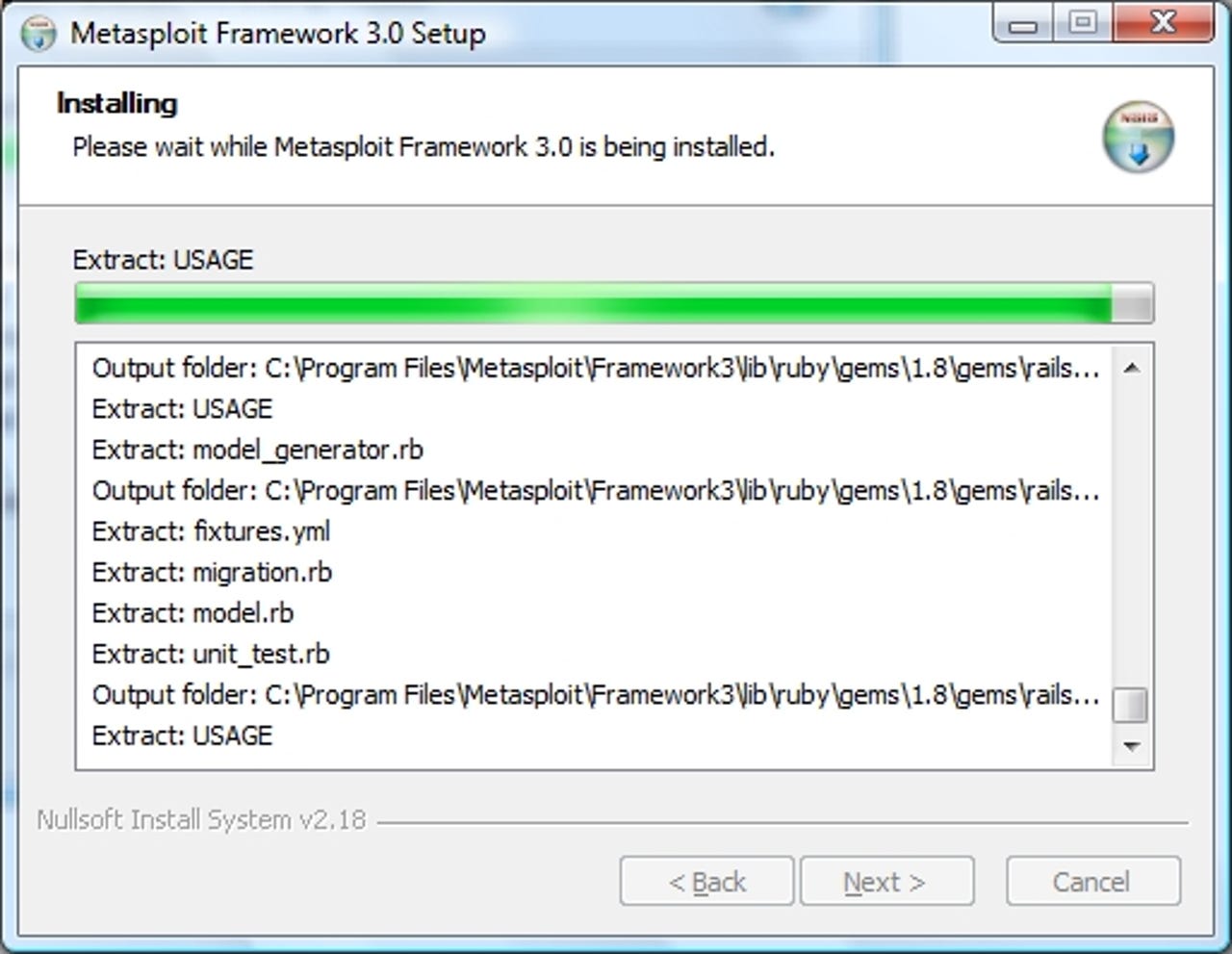Metasploit Reloaded


In addition to hundreds of exploits and payloads, Moore said Metasploit 3.0 also ships with 30 auxiliary modules to perform tasks like host discovery, protocol fuzzing, and denial-of-service testing. See Ryan Naraine's report on the new version here.
The Metasploit Framework Web Console 3.0, showing in Microsoft's Internet Explorer 7.
The web interface (msfweb) is a Ruby on Rails application that uses the Prototype JavaScript Framework to provide in-browser windowing support. Asynchronous JavaScript is used to provide as-you-type search results for any module type and provide tab completion for the web console interface.
allows all network connections to a given subnet to be routed through an existing session.
A help menu provides assistance for pen testers.
Metasploit modules are now organized in a directory structure instead of a single flat directory. A caching system provides faster loading times. The result is a scalable system that can manage hundreds of different modules at a time (over 300 alone in this release).
Visual evidence of a successful VNC code execution exploit.
A "priv" extension (accessible by the "use priv" command) provides the hashdump command for dumping password hashes and the timestomp command for erasing file system timestamps.
hanks to Ruby's in-process threading support, it is possible to share a single Metasploit instance with other users, exploit multiple hosts at the same time, and run persistent background services, while only consuming the system resources of a single process.
exploits, 104 payloads, 17 encoders, and 3 nop modules. Additionally, 30 auxiliary modules are included that perform a wide range of tasks,
including host discovery, protocol fuzzing, and denial of service testing.